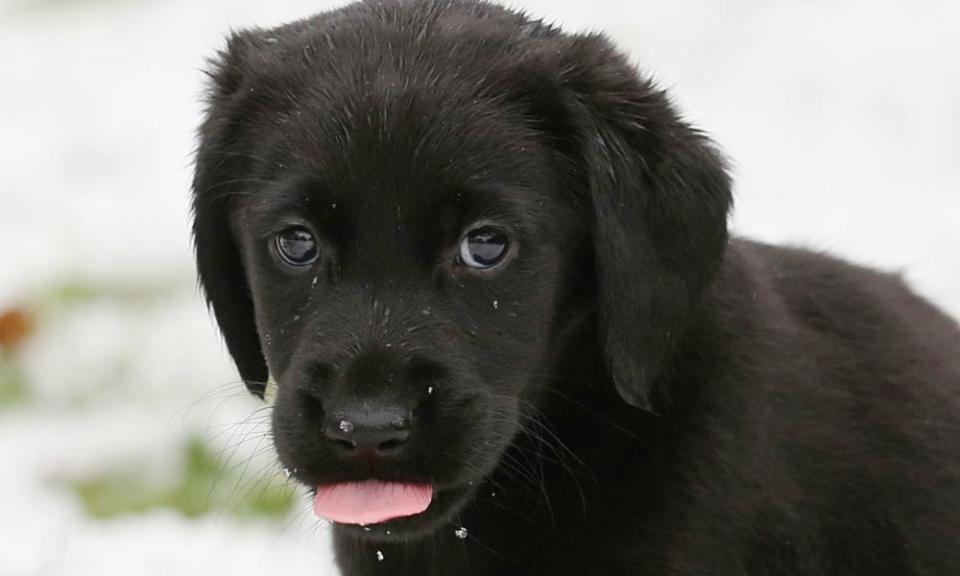Dogs have pet facial expressions to use on humans, study finds

Dogs really do turn on the puppy eyes when humans look at them, according to researchers studying canine facial expressions.
Scientists have discovered that dogs produce more facial movements when a human is paying attention to them – including raising their eyebrows, making their eyes appear bigger – than when they are being ignored or presented with a tasty morsel.
The research pushes back against the belief that animal facial expressions are largely unconscious movements, that reflect internal sentiments, rather than a way to communicate.
Their expressions are responsive to humans – not just to other dogs. That show us how domestication has shaped them
“Facial expression is often seen as something that is very emotionally driven and is very fixed, and so it isn’t something that animals can change depending on their circumstances,” said Bridget Waller, professor of evolutionary psychology at the University of Portsmouth, and an author of the study.
The research joins a number of studies probing the extraordinary relationship between humans and their canine companions, including work suggesting dogs understand both the words and the tone of human speech.
Published in the journal Scientific Reports, the study involved researchers using a video camera to record the facial movements of 24 dogs over a series of experiments in which a human either faced the animal, or faced away, and presented the dog with a tidbit, or did not.
The recordings were then examined by the team frame by frame to determine changes in the facial muscles of the canines.
The results reveal that the pooches produced far more facial expressions when the human was facing the dog, than when they turned away – in particular, the animals were more likely to show their tongues and raise their inner eyebrows.
But the presence of food had no impact on the animals’ expressions. That suggested canine facial expressions were not just down to excitement, and cast doubt over whether dogs use their facial expressions to twist their owners around their paws, said Waller.
“We wanted to see if dogs would produce the most facial expressions when they saw the face and the food, because that might then tell us they are trying to intentionally manipulate the human in order to get the food – and we didn’t see that,” said Waller.
The study suggested doggy expressions were not simply the result of internal emotions, but could be a mechanism of communication. The team noted their work didn’t show whether dogs simply learn to pull faces when a human pays attention to them, or whether it reflect a deeper connection. But, they said, it was notable that the animals tended to make their eyes appear bigger – a trait humans are known to find cute.
“[The research] tells us that their facial expressions are probably responsive to humans – not just to other dogs,” said Waller. “[That] tells us something about how domestication has shaped [dogs], and that it has changed them in order to be more communicative with humans, in a sense.”
However, the team stressed the research does not shed light on what the dogs might be trying to communicate, or whether the movements are intentional.
“I think this adds to a growing body of evidence that dogs are sensitive to our attention,” said Juliane Kaminski, another author of the study, also from the University of Portsmouth. “Which is not necessarily something that a dog owner would be surprised about.”

 Yahoo News
Yahoo News 